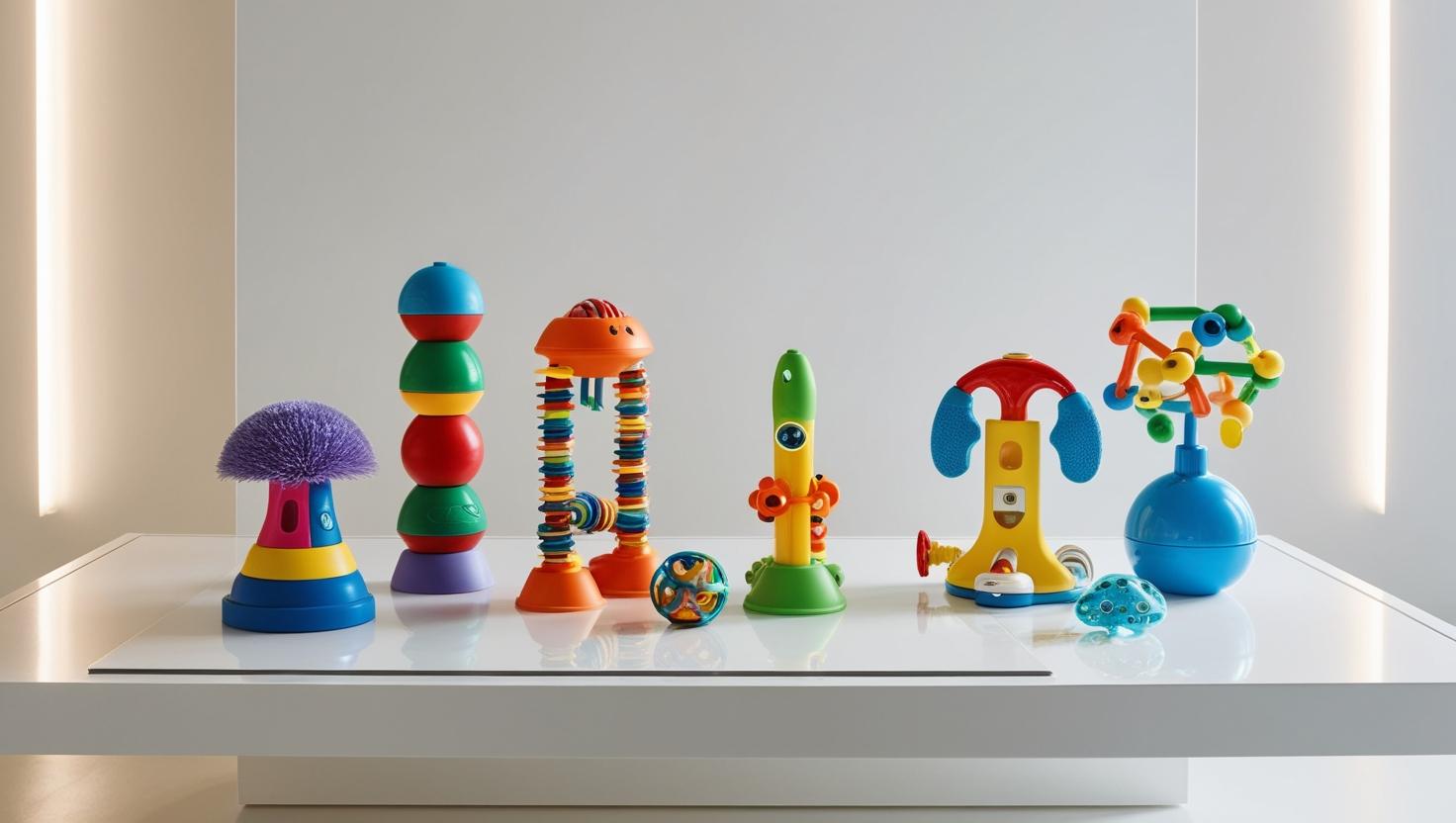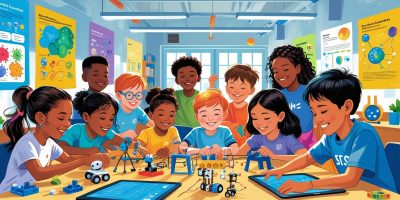From Blocks to Bots: How STEM Toys Evolve With Your Child’s Brain
STEM toys aren’t just fun—they’re brain food. As your child grows, their brain goes through incredible changes. What starts as stacking blocks and sorting shapes can evolve into building robots and writing code. The magic lies in choosing toys that grow with their developmental needs, challenging and nurturing them at every stage.
Let’s explore how STEM toys can support brain development—from the toddler years through the teens.
Why STEM Toys Are Brain Boosters
STEM (Science, Technology, Engineering, Math) toys do more than entertain. They promote:
- Problem-solving and logical thinking
- Spatial reasoning
- Fine motor skills
- Creativity and perseverance
- Scientific curiosity
But here’s the key: not every STEM toy suits every age. To make a real impact, toys should align with your child’s cognitive development stage.
Early Years (Ages 1–3): Sensory Builders
Brain Focus: Rapid growth in motor and sensory pathways
At this stage, kids explore the world through touch, sound, and movement. Simple STEM toys like stacking blocks, magnetic tiles, and shape sorters help develop fine motor skills, cause-and-effect thinking, and early spatial awareness.
Toy types to look for:
- Stacking rings and cubes
- Push-pull cause-and-effect toys
- Large interlocking blocks
- Texture and sound-based sensory toys
Preschool (Ages 4–5): Pattern Detectives
Brain Focus: Emerging language, memory, and pattern recognition
This is when structured learning starts to take root. Toys that encourage categorization, sequencing, and early number skills are ideal. Kids are also beginning to ask “why” and “how,” making this a great age for beginner science experiments and basic coding toys.
Great STEM toy ideas:
- Color and shape sorting games
- Simple circuit kits with lights/sounds
- Beginner coding robots (like Bee-Bot)
- Water play labs with pouring/measuring tools
Elementary Years (Ages 6–9): Builders and Tinkerers
Brain Focus: Growth in reasoning, planning, and self-regulation
This is the golden age for curiosity and tinkering. Kids are ready for toys that offer challenges and multiple ways to play. Open-ended STEM kits help children explore engineering and problem-solving while giving them room to fail and try again.
Best-fit toys:
- Building kits like LEGO STEM or marble runs
- Snap circuit sets
- Beginner robotics or code kits (like Botley)
- Science lab kits with real tools
Tweens (Ages 10–12): Junior Innovators
Brain Focus: Abstract thinking, collaboration, and independence
Kids at this stage want more than just play—they want purpose. They start taking pride in building things that “do something.” STEM toys with more complexity help them think through systems, design solutions, and even collaborate with others.
Ideal picks:
- Arduino or Raspberry Pi kits
- Intro to 3D printing pens or apps
- Intermediate coding games (like Scratch-based toys)
- Real science experiment kits
Teens (Ages 13+): Inventors and Future Pros
Brain Focus: Critical thinking, future planning, deeper learning
Teens are ready for real-world application. STEM tools that simulate careers—engineering, programming, robotics—prepare them for the future. At this age, kits that feel like adult tools are the most engaging.
Recommended tools:
- Advanced robotics and coding platforms (e.g., LEGO Mindstorms, VEX Robotics)
- Full DIY electronics kits
- Web development or app creation platforms
- Renewable energy experiment kits (solar, wind, etc.)
The Takeaway: It’s a Brain Journey, Not a Toy Shelf
Think of STEM toys as stepping stones. What starts as simple blocks should evolve into programmable bots—not because they’re trendy, but because they support your child’s developing brain at every step.
Choosing toys based on cognitive growth ensures your child remains engaged, challenged, and excited to learn. And when learning feels like play? That’s when real brain development happens.





